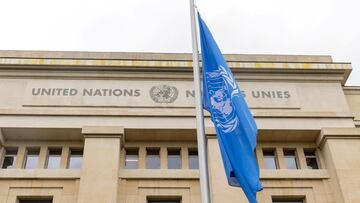HEALTH
World Diabetes Day 2023: Why is the blue circle the symbol for diabetes? Origin and meaning
The symbol is used by the International Diabetes Federation for diabetes awareness efforts after the creation of the day in 2007.

The blue circle is the universal symbol for diabetes and its adoption as the symbol for diabetes awareness and advocacy can be traced back to the efforts of the International Diabetes Federation (IDF). The blue circle was introduced in 2007 as part of the World Diabetes Day campaign.
The choice of the blue color for the circle was not arbitrary; it was inspired by the blue border of the flag of the United Nations, symbolising the global unity and solidarity in the fight against diabetes. The blue circle represents the unity of the diabetes community worldwide, and it serves as a symbol to raise awareness about the disease and advocate for better care, prevention, and research.
The IDF encourages individuals to use the blue circle to promote diabetes awareness and education. World Diabetes Day is observed annually on 14 November and during this time various events and activities take place around the world to highlight the impact of diabetes and promote actions to address the growing global health concern.
What is World Diabetes Day?
World Diabetes Day is an international observance day held on 14 November each year. It was introduced by the IDF and the World Health Organization (WHO) in 1991 in response to the growing concerns about the escalating health threat posed by diabetes.
Diabetes is a chronic disease that occurs when the pancreas does not produce enough insulin or when the body cannot effectively use the insulin it produces. This leads to an increased concentration of glucose in the blood (hyperglycemia), which can have serious health consequences if not properly managed.






